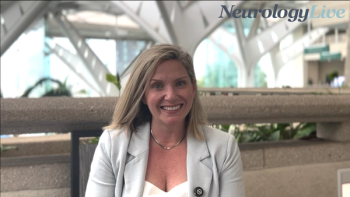
The chief of the Movement Disorders Division at Yale School of Medicine discusses the nuance around patient choice in Huntington disease testing and providing treatment regardless of confirmation. [WATCH TIME: 3 minutes]

The chief of the Movement Disorders Division at Yale School of Medicine discusses the nuance around patient choice in Huntington disease testing and providing treatment regardless of confirmation. [WATCH TIME: 3 minutes]
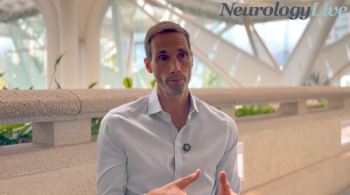
The chief medical officer of Gain Therapeutics discusses the challenges that are unaddressed with currently available treatments for Parkinson, and how investigational treatments like GT-02287 might address those needs. [WATCH TIME: 3 minutes]
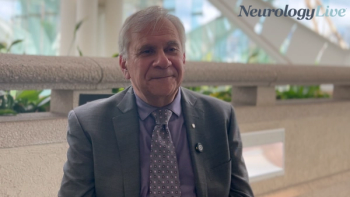
The neurologist at University of British Columbia discussed how breakdowns in brain organization and compensatory mechanisms may influence progression in Parkinson disease. [WATCH TIME: 5 minutes]
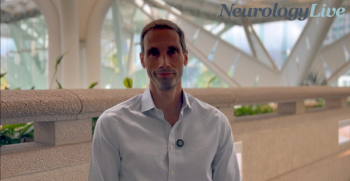
The chief medical officer of Gain Therapeutics discusses GT-02287, a promising treatment for Parkinson that has shown strong safety and tolerability in an ongoing phase 1 trial. [WATCH TIME: 3 minutes]
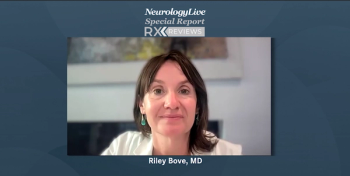
In this final episode, Riley Bove, MD, considers the next phase of MS research, emphasizing the need for innovative trial designs to address sequencing, discontinuation, and subgroup-specific treatment strategies.

In this clip, a multiple sclerosis expert reflects on how ofatumumab’s role has expanded since FDA approval in 2020, from first-line use to special populations, and what this means for daily practice.
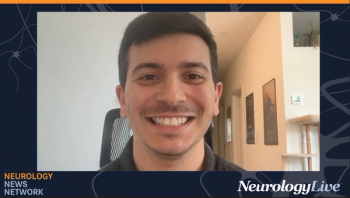
Neurology News Network. for the week ending October 4, 2025. [WATCH TIME: 4 minutes]

Riley Bove, MD, an associate professor of neurology at UCSF, breaks down the ARTIOS phase 3b trial results, highlighting the exceptionally low relapse rates, MRI outcomes, and safety findings in patients switching therapies.
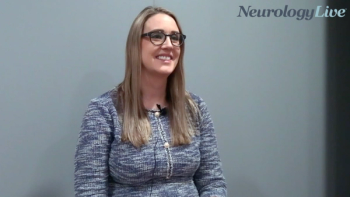
At ECTRIMS 2025, a staff neurologist at Cleveland Clinic discussed findings from an observational study on long-term safety risks of ocrelizumab in patients with multiple sclerosis. [WATCH TIME: 3 minutes]

In episode 1, Bove explores how ofatumumab, a B-cell–depleting therapy, stands apart from fingolimod and fumarates, and why its mechanism may offer distinct treatment advantages.
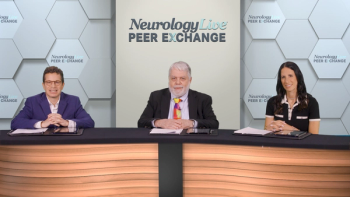
Panelists discuss how steroids, although effective, create significant treatment burden through immediate adverse effects such as GI issues and insomnia, long-term complications including bone loss and metabolic disorders, and the need for frequent monitoring and dose adjustments that impact both patients and health care providers.

Panelists discuss how current treatment follows a stepwise approach starting with symptomatic therapy (pyridostigmine) and progressing to immunosuppressive agents (steroids and nonsteroidal immunosuppressants), with thymectomy for select patients and consideration of targeted therapies for refractory cases.
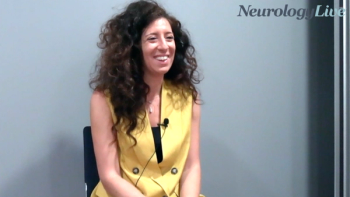
At ECTRIMS 2025, the postdoctoral research fellow at the University of Siena in Italy talked about how machine learning could classify multiple sclerosis into biologically distinct subtypes. [WATCH TIME: 5 minutes]
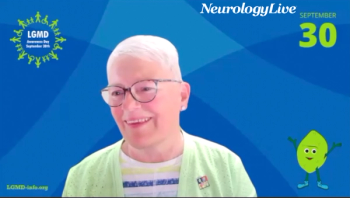
The founder of the LGMD Foundation provided context on the significance behind LGMD Awareness Day, an initiative dedicated toward uplifting the limb-girdle muscular dystrophy community. [WATCH TIME: 6 minutes]
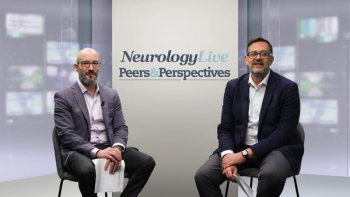
Experts discuss the transformative impact of B-cell–directed and high-efficacy disease-modifying therapies in managing multiple sclerosis, emphasizing early initiation to prevent disability while balancing safety, patient preferences, and long-term treatment considerations to optimize outcomes.
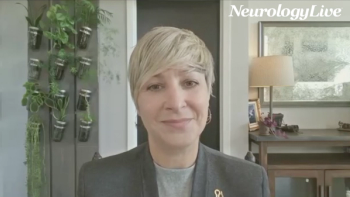
The vice president of scientific engagement at the Alzheimer’s Association provided clinical insights on the most major considerations and precautions clinicians should have about diagnostic and commercially available tests for suspected Alzheimer disease. [WATCH TIME: 3 minutes]
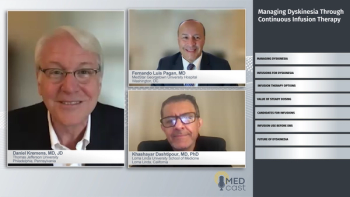
Panelists discuss the growing role of continuous infusion therapies in managing advanced Parkinson disease, highlighting their effectiveness in reducing motor fluctuations and dyskinesia, improving quality of life, and supporting individualized, long-term treatment strategies amid ongoing advancements in drug delivery and patient selection.
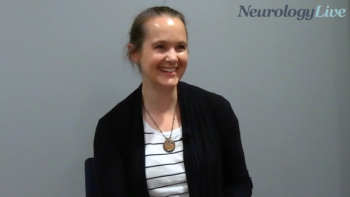
At ECTRIMS 2025, the associate professor of neurology at Yale School of Medicine talked about the 2024 diagnostic criteria, the preclinical phase of the disease, and progressive MS. [WATCH TIME: 3 minutes]
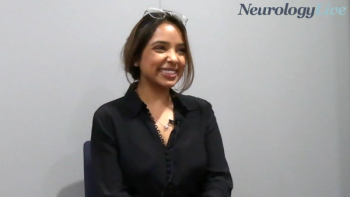
The executive director of The Sumaira Foundation (TSF) talked about TSF's research update and award ceremony held during ECTRIMS 2025. [WATCH TIME: 5 minutes]
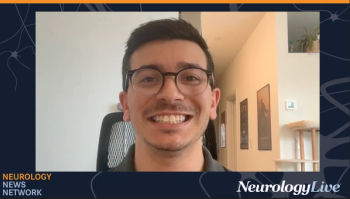
Neurology News Network. for the week ending September 27, 2025. [WATCH TIME: 4 minutes]
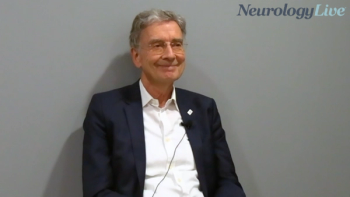
At ECTRIMS 2025, the professor of neurology at the University of Basel talked about the decades of progress in MS therapeutics and highlighted the need for comprehensive, early assessments for patients. [WATCH TIME: 4 minutes]
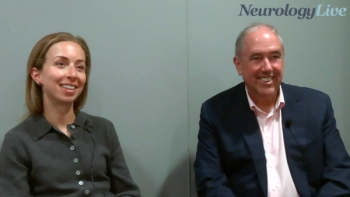
At ECTRIMS 2025, experts discussed using AI-powered unstructured data processing to enhance understanding of drug efficacy, safety, and patient outcomes in multiple sclerosis. [WATCH TIME: 3 minutes]
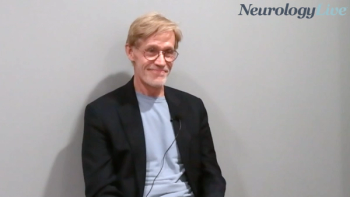
At ECTRIMS 2025, the professor of neurology at Karolinska Institutet provided clinical insights on results from the phase 3 RIDOSE-MS trial of yearly rituximab in relapsing-remitting multiple sclerosis. [WATCH TIME: 5 minutes]

Panelists discuss how myasthenia gravis creates substantial physical, social, and emotional burdens affecting work capacity, daily activities, and mental health. Fatigable weakness is often underestimated during clinical assessments, and disease burden does not always correlate with traditional severity classifications.

Panelists discuss how myasthenia gravis presents as a “snowflake disease” with variable symptoms, typically starting with ocular manifestations and progressing differently based on antibody subtypes, with MuSK patients showing more severe bulbar and respiratory involvement. Antibody titers do not always correlate with disease severity.

At ECTRIMS 2025, the interim chief executive officer at the Consortium of Multiple Sclerosis Centers discussed recent progress in multiple sclerosis for treatment and diagnosis. [WATCH TIME: 5 minutes]
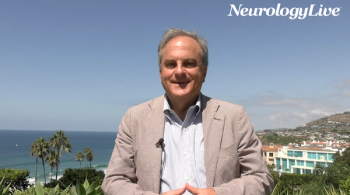
The psychiatrist and founder of the Stuttering Treatment and Research Society discussed the historical persistence of stuttering, treatment gaps, and the nuances of managing psychiatric comorbidities. [WATCH TIME: 3 minutes]

The director of NYU Langone’s Comprehensive Epilepsy Center highlighted recent progress in epilepsy care, spanning new therapies, gene-based approaches, mortality awareness, and improved pregnancy management. [WATCH TIME: 3 minutes]

The founder of the Stuttering Treatment and Research Society (STARS) detailed current therapeutic strategies for stuttering, the role of dopamine pathways, and the pressing need for FDA-approved options. [WATCH TIME: 4 minutes]

Panelists discuss how seronegative patients may still have undetectable antibodies and respond to plasma exchange, suggesting serum factors are involved. They require different diagnostic approaches, including cell-based assays and genetic testing, to differentiate between congenital myasthenia and other disorders.